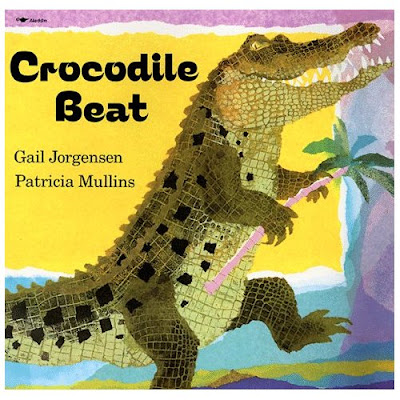
See the book here: http://www.amazon.com/Willys-Pictures-Anthony-Browne/dp/0763613231
I love all of Anthony Browne's books. I think I have bought all of them. I love his obsession with bananas and gorillas and the surrealist style of illustrations. Children love them too and will relish in finding his hidden symbols. Willy's Pictures is an excellent way to introduce children to some of the more well known paintings from art history.
Activities:
1. Obviously take the time to read the book and look at all the illustrations. This could take quite a while as there are many. Enjoy the changes he has made. You might need to get larger reproductions of the actual paintings as they are quite small in the book.
2. Discuss Anthony Browne's versions of the paintings. You could ask, "Where did he get the ideas from for these pictures?" "Do these paintings look familiar?" Some students may have seen the paintings that Anthony Browne has appropriated. (In the visual arts, to appropriate means to adopt, borrow, recycle or sample aspects (or the entire form) of any art work.)
3. You could choose one art work and develop student's ideas around it to make their own appropriation.
4. Theodore Mandziy - an art teacher in Singapore introduced me to some great ideas for appropriation. He used Michelangelo's painting, The Creation of Adam, with students and the challenge was to give the painting a modern context.
5. With any masterpiece you could challenge students to appropriate the work around a specific concept or with a certain criteria. It could be as simple as changing the colours or as complex changing the context of the image. It could be to change the form. Can a painting become a sculpture?

